Lahar: Flowing Mud at Volcanoes
“Lahar” is an Indonesian word for mudflow at volcanoes. Lahar flows down volcanoes as a mix of mostly water, mud and rock debris (similar to wet concrete).
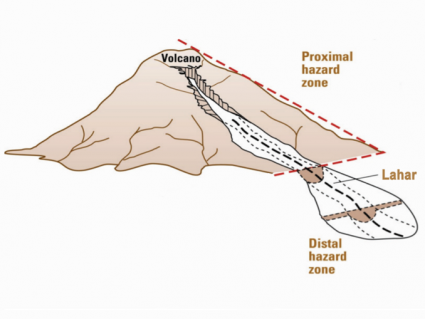
“Lahar” is an Indonesian word for mudflow at volcanoes. Lahar flows down volcanoes as a mix of mostly water, mud and rock debris (similar to wet concrete).
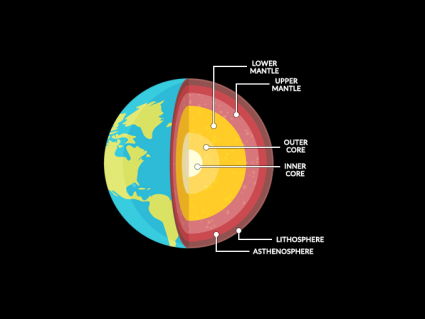
All planets have layers. Inside Earth, we have a crust, core and mantle. Imagine a team of drillers who set out to drill a hole to the other side of Earth.
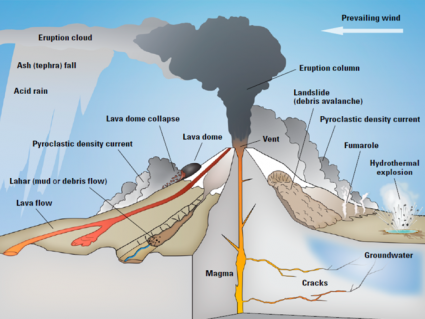
The stratovolcano is tall, steep & cone-shaped. Unlike shield volcanoes, stratovolcanoes build up height by layering lava, ash and tephra on top of another.
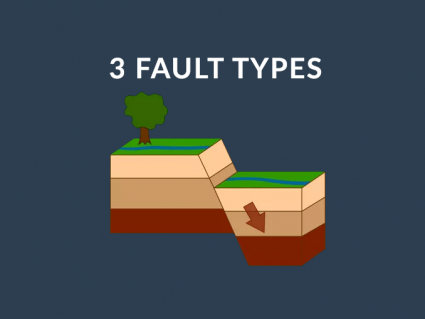
The 3 types of faults are: normal, reverse and strike-slip. When two blocks slide horizontally, it’s strike-slip. If it moves vertically, it’s dip-slip.
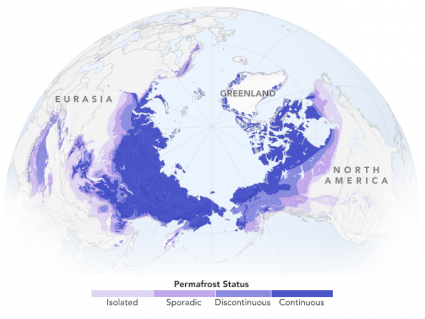
Think of permafrost like glue. The ice is the glue in permafrost which holds the rocks, sand & soil. Like glue, permafrost doesn’t melt. Instead, it thaws.

Tsunamis are long, tall waves that can be disastrous to anything nearby. But what causes tsunamis? 80% start from earthquakes. And how do tsunamis form?
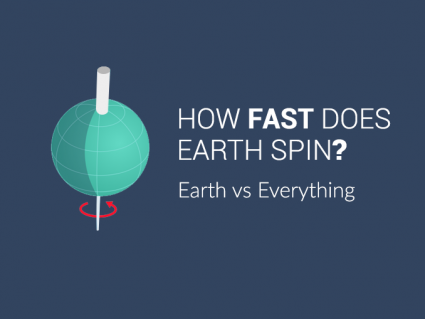
How fast does the Earth spin? Earth spins at an incredible 1000 miles per hour (1600 km/hr). We compare the Earth’s spin to nature and engineered velocities
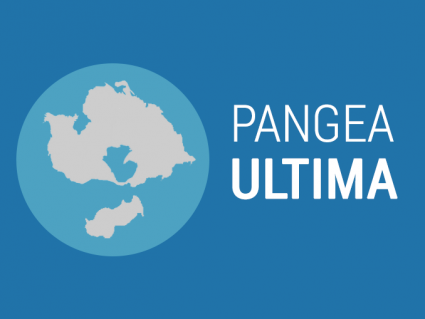
If you could fast-forward 250 million years in the future, you would witness all continents will assemble into one giant supercontinent called Pangea Ultima.
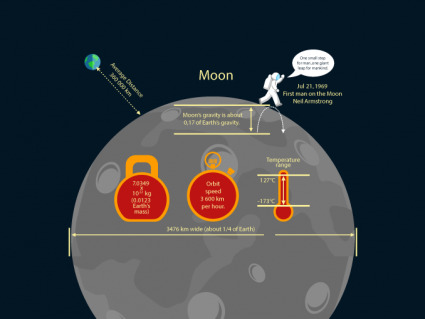
The gravity of the moon is 1/6 of Earth. If you stepped on a scale on the moon, you could subtract 83.5%. So 100 kg in weight would be 16.5 kg on the moon.
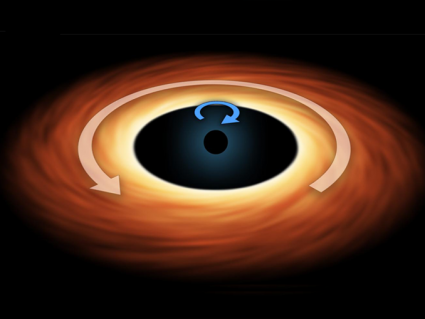
All galaxies have supermassive black holes at the center of it. These collapsed stars are a few times the mass of a sun which run out of fuel and explode.
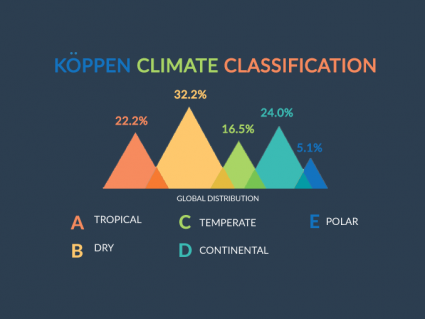
The Koppen climate classification catalogs Earth’s types of environments, which include tropical, dry, temperate, continental, and polar.
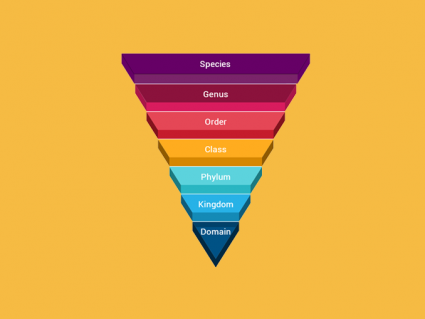
In biology, we categorize life by how similar organisms are with each other. Like a family tree, we find relationships by their classification of life.
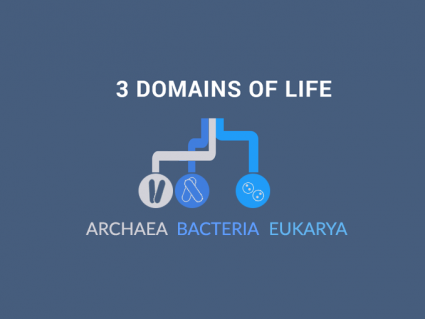
We categorize life into 3 domains of life: eukarya, archaea and bacteria. Domains classify life in the most general way such as the presence of a nucleus.
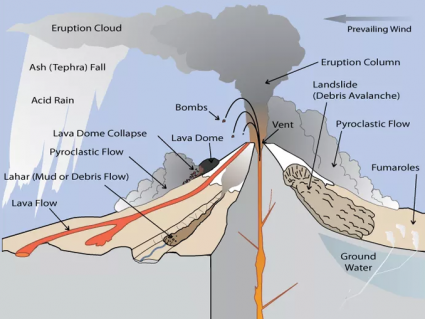
Today, we explore 13 parts of a volcano. From tephra, fumaroles, magma, lava domes, pyroclastic flow to volcanic bombs, this is the anatomy of volcanoes.
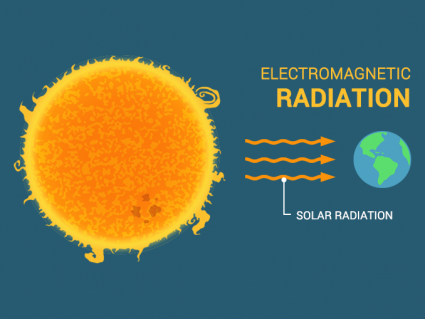
Our sun is 99% of the total mass of the solar system. It’s this energy from the sun’s thermonuclear reactions that heats the Earth from solar radiation.